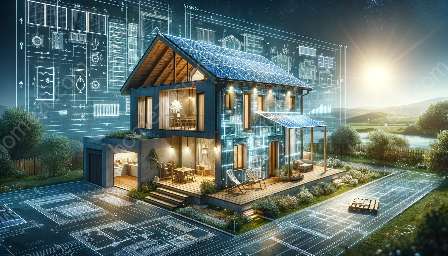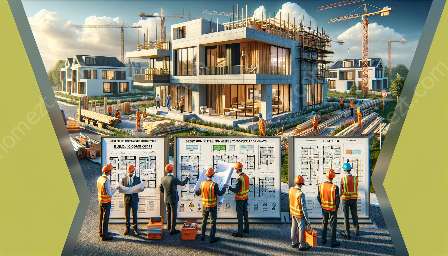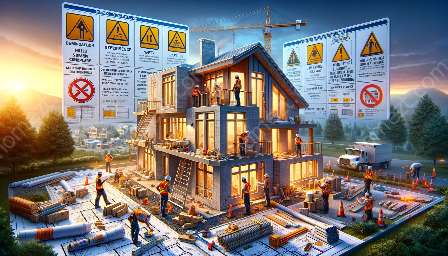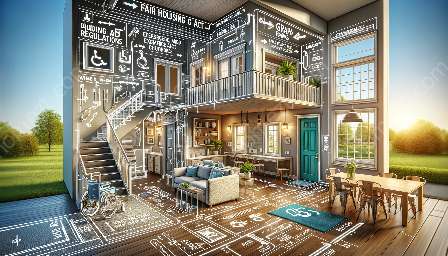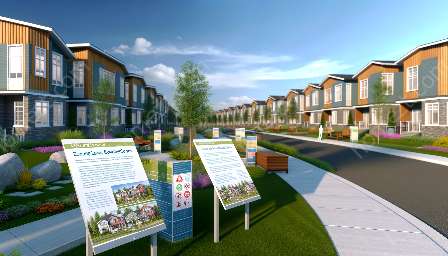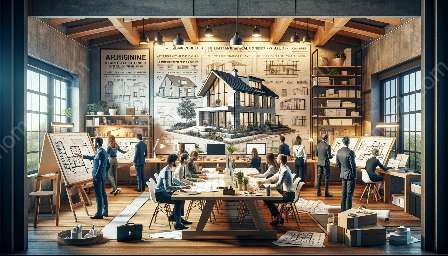When it comes to ensuring the safety and security of homes, municipalities and local governments play a crucial role in implementing and enforcing building codes and safety regulations. These regulations are designed to uphold the structural integrity of homes, protect residents from hazards, and promote overall community well-being. In this comprehensive guide, we will delve into the various aspects of the role of municipalities and local governments in home building codes, safety regulations, and home safety and security.
Importance of Home Building Codes
Home building codes are established to set minimum standards for the construction and maintenance of residential properties. These codes cover a wide range of aspects, including structural integrity, fire safety, electrical systems, plumbing, and accessibility. By adhering to these codes, homeowners and builders can ensure that homes are built and maintained to a certain standard of safety and quality.
Role of Municipalities
Municipalities are responsible for creating and enforcing building codes that are specific to their local area. These codes are often based on national or international standards but may include additional requirements tailored to the unique needs and characteristics of the community. Municipalities work with building officials and regulatory bodies to review and approve building plans, conduct inspections, and issue permits to ensure that new construction and renovations comply with the established codes.
Enforcement and Compliance
Local governments enforce home building codes to safeguard residents and communities. Building inspections are carried out to verify compliance with the codes, and penalties may be imposed on those who fail to meet the requirements. By promoting compliance, municipalities contribute to the overall safety and well-being of homeowners and their families.
Impact on Home Safety and Security
Effective home building codes and safety regulations have a direct impact on the safety and security of inhabitants. Proper construction and maintenance practices can help mitigate the risk of accidents, such as fires and structural failures. Moreover, adherence to building codes can enhance the resilience of homes against natural disasters, such as earthquakes and severe weather events, thereby safeguarding lives and property.
Community Well-Being
By upholding rigorous building codes and safety regulations, municipalities contribute to the overall well-being of their communities. Safe and secure homes foster a sense of comfort and stability among residents, ultimately enhancing the livability and attractiveness of the area. This, in turn, can positively influence property values and economic development within the locality.
Challenges and Adaptability
Municipalities continually face challenges in balancing the need for safety and security with the evolving landscape of home construction and design. As new technologies and materials emerge, building codes must be updated to reflect these changes while maintaining stringent safety standards. Local governments must remain adaptable and forward-thinking to ensure that regulations keep pace with advancements in the industry.
Education and Outreach
To further promote home safety and security, municipalities engage in educational initiatives and outreach programs to inform homeowners, builders, and the general public about the importance of adhering to building codes. Through workshops, seminars, and informational campaigns, local governments aim to raise awareness and foster a culture of compliance and accountability.
Conclusion
The role of municipalities and local governments in home building codes, safety regulations, and home safety and security is paramount to the well-being of communities. By establishing and enforcing stringent codes, fostering compliance, and staying adaptable to industry changes, municipalities contribute to the creation of safer, more resilient homes and neighborhoods. This, in turn, enhances the overall quality of life for homeowners and promotes the sustainable development of localities.









